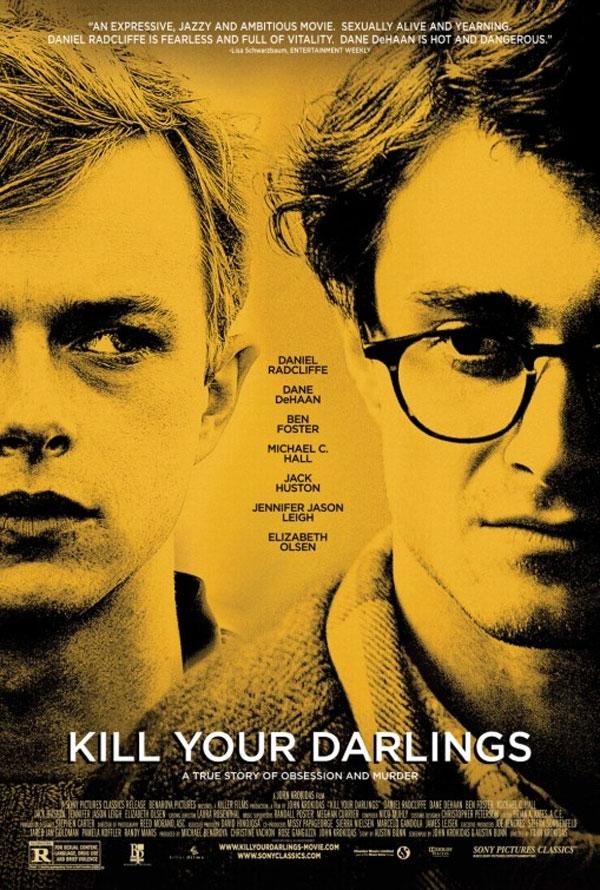By Alex Maravillas
Staff Writer
Different lights uncover the bohemian kineticism that thrived amid the 1940s and 1950s in New York City.
Today marks the one-year anniversary of the American biographical-drama Kill Your Darlings, written by Austin Bunn and directed by John Krokidas in his feature film directorial debut. Kill Your Darlings is one of my favorite films.
I remember watching this film a few days before Halloween last year. I was fixated by the film’s overall plot. I admire beat poetry, so watching a film about the beat generation; I especially appreciated the raw direction the film decided to take. For example, in the film, there are intimate moments that do not revolve around the traditional heterosexual narrative, which were excellently portrayed by the cast. The cast included Daniel Radcliffe as Allen Ginsberg, Dane DeHaan as Lucien Carr, Jack Huston as Jack Kerouac, Ben Foster as William S. Burroughs, Michael C. Hall as David Kammerer, Elizabeth Olsen as Edie Parker, Jennifer Jason Leigh as Naomi Ginsberg, David Cross as Louis Ginsberg, Kyra Sedgwick as Marian Carr and David Rasche as Dean John Cullum as Professor Steeves.
Daniel Radcliffe, widely known for his lead role in the Harry Potter series, plays a young Allen Gingberg in the 1940s, in his college years with some of the earliest members of the Beat Generation (Carr, Ginsberg, Burroughs, Kerouac and Kammerer). The chemistry between Daniel Radcliffe and Dane DeHaan was phenomenal. In an interview, Dane DeHaan confessed that as a result for DeHaan to play this role, he fell in love with Radcliffe.
This film in my opinion has very interesting quotes, for example:
Allen Ginsberg: “Some things, once you’ve loved them, become yours forever. / And if you try to let them go… / They only circle back and return to you. / They become part of who you are…”
Lucien Carr: “…or they destroy you.”
This film revolved around a murder case, associating the future of the beat generation. New York City was the place to be and thrive for each one of the individuals who needed to evade their center American life to wind up free from their roots. The writers for the most part, the Beats (Allen Ginsberg, Jack Keruoac and so on), Norman Mailer, J.D. Salinger and other people came to New York became a segment of the scene which benefitted the 1960’s. The story was carefully and delightfully told with incredible dialogue and character development that resulted from the charm of the plot.
In my opinion, in the more prevalent social setting, whether you consent with it or not, the individuals characterized by New York were those who set out to leave the security of their made familial enclaves in minor towns and stake their case to impressionistic and uninhibited declaration. Their eternal words, music and craft are our legacy, one that sustains to move each yearning for craftsman and reverberates all through every aspect of society today.


